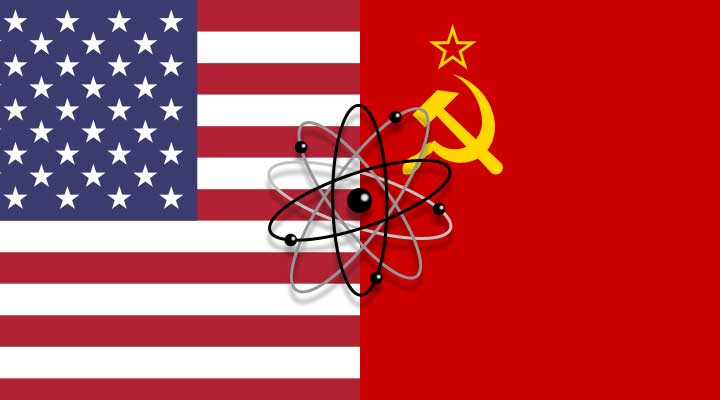National Cold War Center to host ‘Cold War Party’
by September 21, 2023 1:42 pm 1,312 views

The National Cold War Center (NCWC) will host its first annual Cold War Party on November 4.
Previously called The National Cold War Center Gala, the Cold War Party is NCWC’s largest fundraising event of the year. As in previous years, the event will take place at Hangar 207 at the Arkansas Aeroplex in Blytheville.
“The Cold War Party will be a ‘can’t miss’ annual event for anyone who is passionate about The National Cold War Center and the development of Northeast Arkansas into a worldwide destination,” said Katie Thomason, Event Chair of the Cold War Party. “As we evolve the tradition that we have started with the gala in recent years, we look forward to coming together with our many generous patrons once again to celebrate The National Cold War Center and promote its future.”
The dress code for the event is cocktail attire.
The National Cold War Center is located on the campus of the former BAFB (originally known as the Blytheville Army Airfield), which opened in 1942 as a training facility for World War II pilots.
In 1958, the base was converted to a Strategic Air Command alert mission and remained a key U.S. military command for three decades – through events such as the Cuban Missile crisis and the signing of the treaties that officially ended the Cold War in the early 1990s.
The Blytheville Area Chamber of Commerce and the Blytheville-Gosnell Regional Airport Authority teamed to build the center. It will focus on the base’s still-intact “alert” compound, a facility that housed U.S. Air Force B-52 crews during wartime efforts of the 1950s through the 1990s.
The museum could cost up to $20 million to build and officials had hoped to have it open by 2023, but that timeline was before the COVID-19 pandemic. R. Byron Carlock Jr., a Blytheville native, is spearheading fund development.
In 2018, the air base was placed on the National Register of Historic Places. Since that time, a feasibility study has projected that a full museum would likely draw over 50,000 visitors annually after three years, Shipley said. An additional study evaluated structural design and cost implications.
During the Cold War, the base was a top five target by the Soviet Union, according to historians.
